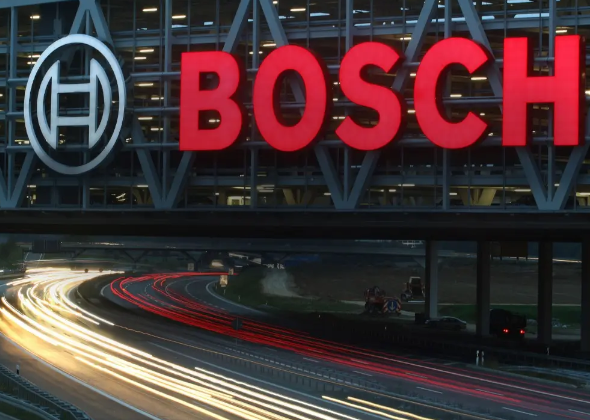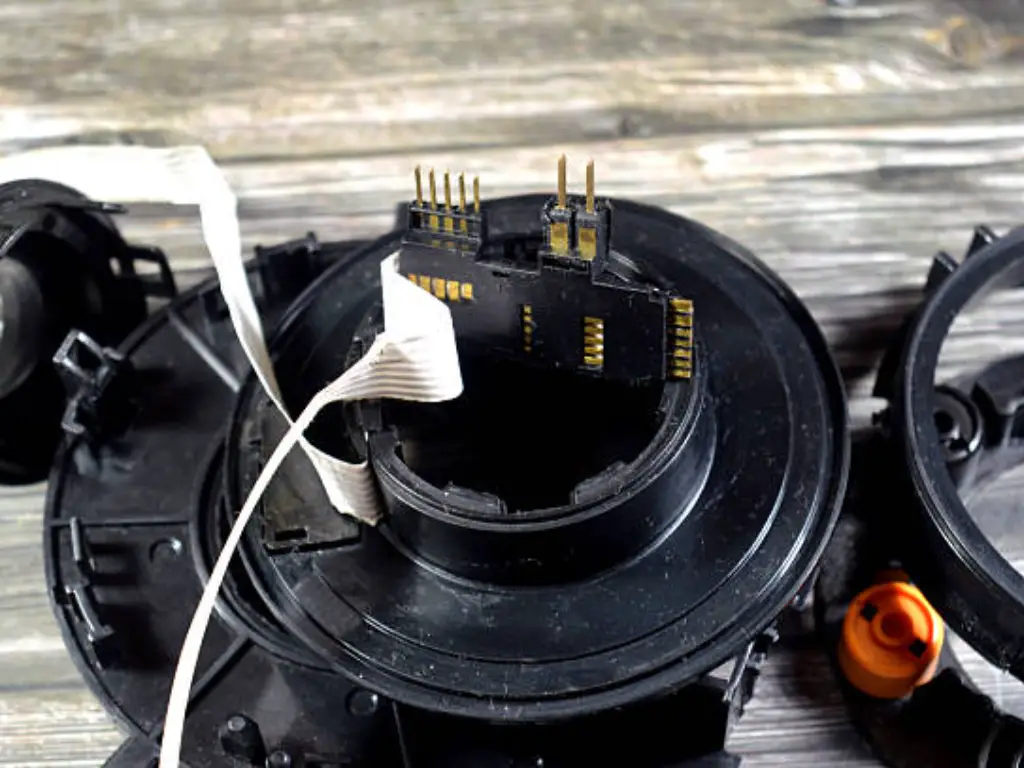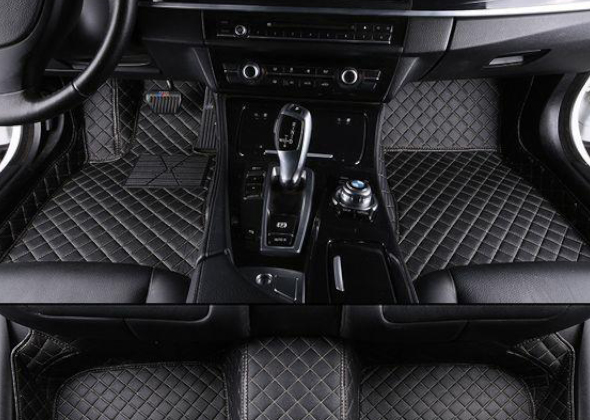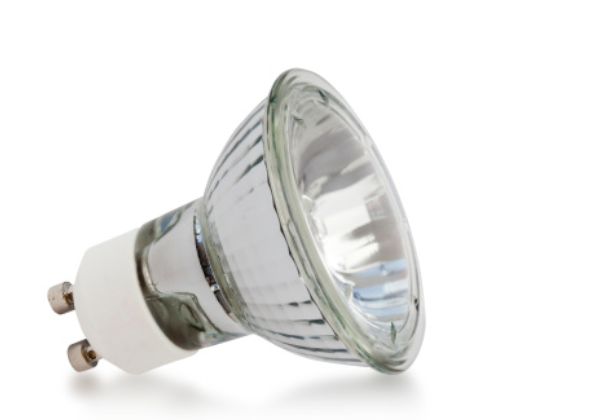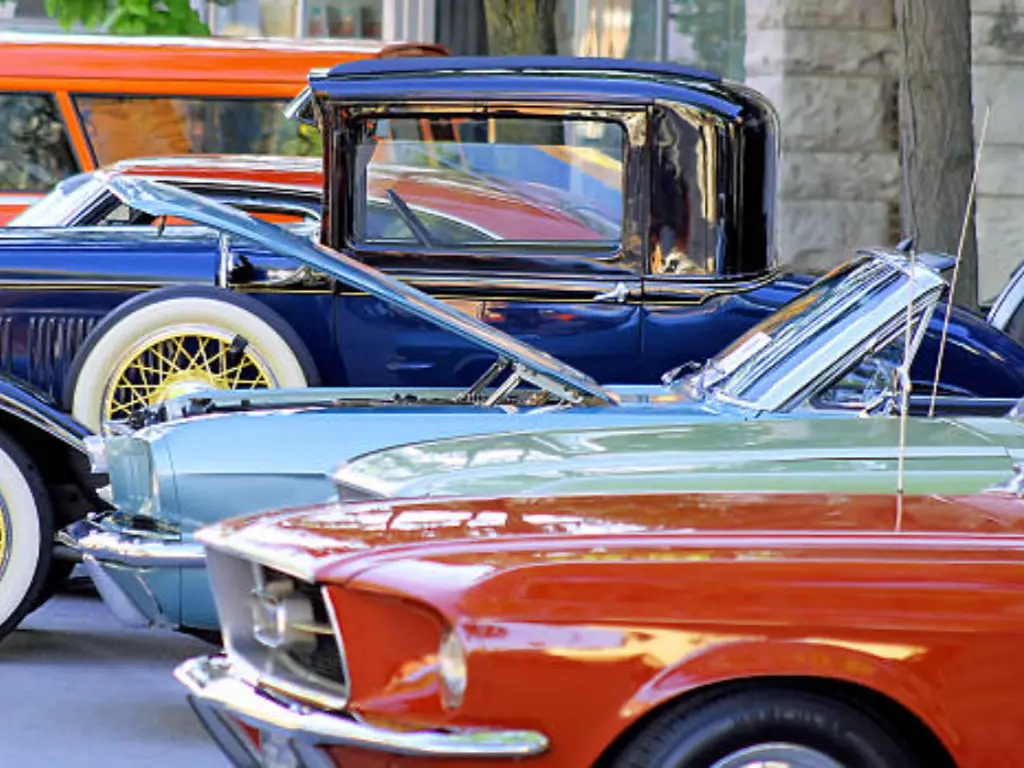With moderate light levels, uneven roads, mild light outputs, riding a motorcycle with factory headlights is almost impossible.
Riding after dusk is yet another challenge. Riders will need an additional light or two to enhance the headlight in these settings to obtain extra vision after dusk. In such a scenario, motorcycle auxiliary lights come to riders’ rescue. Turning on the auxiliary lights helps the motorbike stand out and boosts riders’ safety.
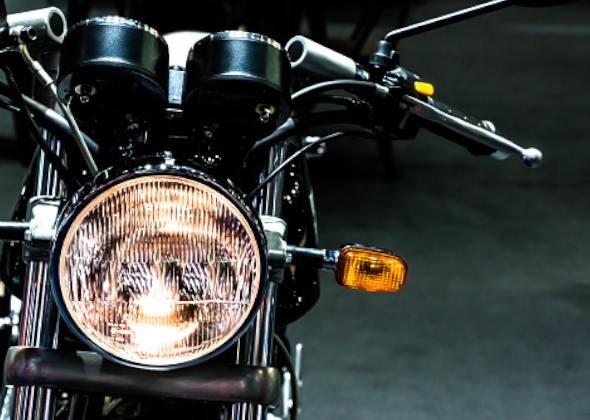
When approaching a main road, drivers tend to look both left and right before turning. The issue is that they are trained to hunt for huge items like automobiles, vans, buses, and trucks. What they aren’t looking for are fast-moving tiny bikes with only one spotlight illuminating in a single plane. This leads to severe accidents.
Here’s a rundown about how these lights operate, what they’re used for, and how to choose one that your consumers like.
Motorcycle Fog Lights
If you have been in the industry for a long time, you know the importance of extra motorbike lighting on the road, especially on a foggy day. This is a reality because no matter how good a bike is, it will never match the lighting on the road that a car provides.
Second, no amount of high-intensity lighting will suffice if someone is riding in a foggy environment. As a result, fog lights for the motorbike are the next best thing motorcycle enthusiasts would need.
Fog lights, sometimes known as fog lamps, assist motorcycle drivers in seeing more clearly when driving in fog, whether at night or during the day.
It is just that when the visibility of the road decreases either due to pitch darkness or fog, visibility on the road decreases, either due to total darkness or fog, the standard headlamp becomes the least capable of illuminating the road. As a result, auxiliary lights are increasingly in demand, which are little more than fog lights.
Fog lights are standard on several motorcycles from the factory. Fog lights are intended to be used when visibility is severely limited, such as during fog. Still, they can also be utilized in other poor visibility conditions like snow or heavy rain. They’re designed to make the driver more visible rather than light the way. They should only be used when the main lights on the automobile are insufficient to make the motorbike in motion visible to other drivers.
Yellow bulbs, lenses, or both are common in fog lights. Yellow light, which has a longer wavelength than blue or white light, is better at penetrating dense atmospheres. Yellow fog lights, on the other hand, are no better or worse than any different sort of fog light.
Traditional fog lights use halogen bulbs. However, LED (light-emitting diode) technology is increasingly being used. Plastic and glass lenses are both available for fog lights. However, glass lenses are more robust and hence cost more.
Motorcycle Spotlights
After the fog lights, next, come the spotlights. The brightest part of the Spotlight is in the center, and it fades off toward the edges. A spot lamp is adjustable and can only be mounted on a doctor’s car, an emergency response vehicle, or a breakdown truck, among other things.
Choose a spotlight that has numerous illumination modes for varied brightness. The majority of products will feature at least two brightness levels — high and low. By flicking a switch, drivers can immediately change the brightness output. When drivers require lighting in various scenarios, this comes in useful. For emergencies, specific spotlights incorporate an SOS function.
Consider the sort of bulb that powers the spotlight to distinguish between the options quickly. There are two primary alternatives based on my recommendations:
LED Spotlight: The term LED refers to light-emitting diodes. It doesn’t have a filament that can be burned out over time. Because of its energy economy and long life, LED has become a prominent material in spotlights in recent years. It also produces less heat and does not emit UV radiation than halogen bulbs. It can, however, be rather costly.
Halogen Spotlight: This is a more classic highlight option. It is initially less expensive; however, it is not as cost-effective as LEDs in the long run. Another issue is that it can become excessively heated. When this happens, it isn’t easy to stay in the spotlight.
Motorcycle Running Lights
The lights on the front end of a car that switches on automatically when the motorbike is started and stays on as long as the engine is running are known as running lights.
They don’t have the same brightness level as headlights or high beams. They were initially widely adopted on various makes and models of automobiles in the United States in the early 1990s and are also known as daytime running lights or DRLs. Although there is no law requiring these lights in the United States, many countries, notably Canada and numerous European countries, do.
Daytime running lights are now standard on almost every make and model of motorbike, passenger car, pickup truck, van, and SUV, owing to more excellent safety. Retrofit kits are available from GM and other dealers for older vehicles that do not have them.
Even though DRLs are supposed to be automatic, drivers must nevertheless take responsibility for turning on their lights when driving at night or in terrible weather.
Aside from the fact that they can assist in making everyone safer, the dedicated daytime running light has been determined to have the most significant benefits for motorcyclists because it is difficult for other drivers to notice.
As a result, having a pair of specialized daytime running lights that make the motorcycle visible to others is best and most important.
According to our analysis, most high-quality running lights cost between $19 and $30. However, this pricing range may differ depending on the color of the belts, battery characteristics, and other factors.
Motorcycle Light Bar
If people have been taking nighttime trips through dark areas, returning late from off-roading trips, or simply wishing they could see more while driving at night, they have probably wondered, “Should I acquire a light bar?” Although it may appear evident whether or not they require one, they may still be on the fence about purchasing a motorcycle light bar, which makes the motorcycle light bar become more and more popular.
- Enhanced vision
- Allows for longer, safer nighttime outdoor outings
The light bar improves reliability by replacing fragile incandescent or sealed-beam bulbs with long-life LEDs.
Rubber isolators cover the LEDs in the casing, reducing vibrations and extending component life. LEDs are also brighter than comparable incandescent lights, providing a wider field of view and a longer reach at night. The light bar is easier to install than many off-road lights because it isn’t limited to mounting on a headache rack.
The light brightness and illumination surface area of an LED light bar are determined by its size. These bars come in various sizes ranging from 4-inch to 52-inch, so you’ll have to supply various options for your customers. While installation, make sure to check the width and height of the light bar.
Many automobile owners choose to add extra lighting to their SUV or jeep so that they can see everything on the road, even when it’s pitch black. While many different lighting solutions are available, an LED light bar can be a very bright alternative for many people.
Motorcycle LED Auxiliary Lights
LED Auxiliary Lights aren’t needed for every rider. Also, riders don’t need them if they ride regularly within the city and usually during daytime hours. However, there is a reason why this extra lighting is important.
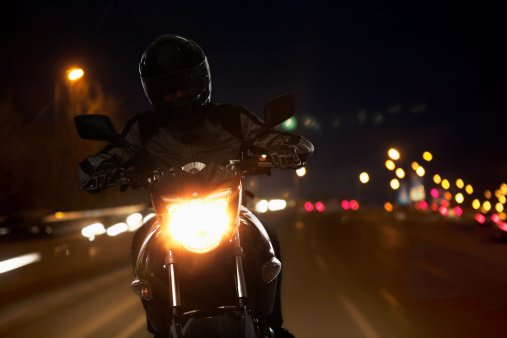
Well, you can rest assured that these lights will enhance the look of motorcycles by a great degree and consumers would love that. However, the main goal is to fill in the gaps left by OEM headlamps and provide a backup stream of light. Both are quite essential to long-distance and adventure riders than to virtually any other type of rider.
The second reason is quite straightforward. LED headlights are extremely reliable. Whereas, Bulb-type headlights are more brittle, given today’s low dropout rate. In that case, the second pair of lights are quite essential.
For example, if riders usually ride in off-road areas, particularly early in the morning, they may want extra light at the front and sides of the bike so they can see some more and ride better.
However, if riders enjoy driving long miles in the stillness of the predawn darkness, they may prefer bright lights that reach beyond the headlight can, allowing them to do so with comfort and clear visibility.
Conclusion
We hope you are now aware of what Auxiliary Lights are and their role in motorcycles. Look for the best motorcycle lights supplier to customize or buy your auxiliary lights in bulk for wholesale or distribution.
Sunway is one of the most well-known and largest distributors of motorbike lights, which help to boost the worth of vehicles. We manufacture things of consistent quality and deliver them as promptly as feasible.

